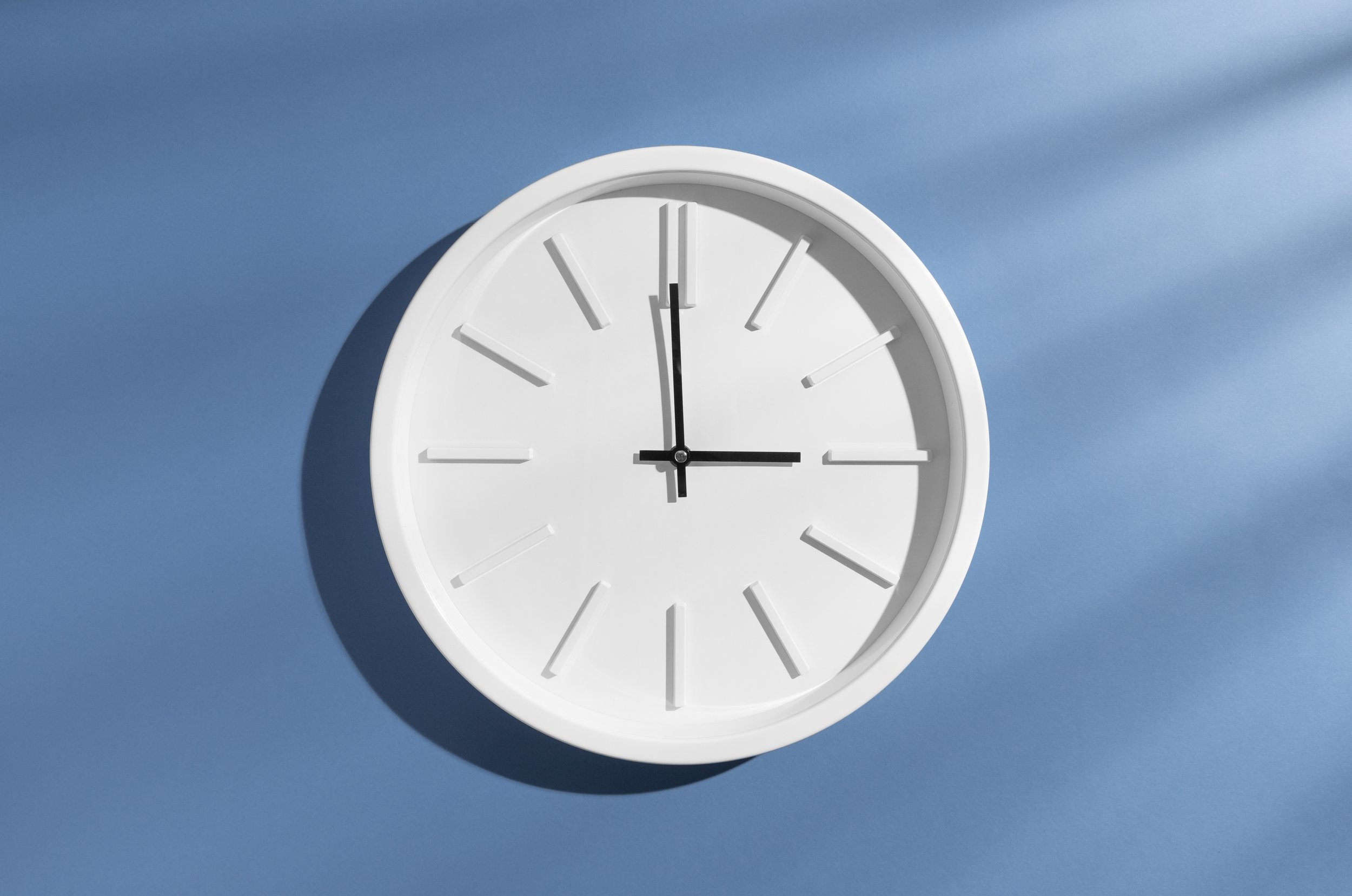How to manage your time on the SHSAT
There are no two ways about it: the SHSAT is a challenging test. Aside from the underlying material it covers, one of the biggest challenges that students face is the sheer number of questions (114) that they need to answer in a limited amount of time (180 minutes).
Fortunately, there are a few strategies that you can implement to help you tackle the test in a time-efficient manner.
Familiarize yourself with the format of the test. One of the absolute best things you can do for yourself is to minimize the number of surprises that you'll encounter on the day of the test. By knowing exactly what sort of questions you can expect to find on the test, you'll eliminate one element of uncertainty and stress that could impact your performance.
Understand which question types are your relative strengths and relative weaknesses. This way, you can prioritize those areas that you feel most confident in and spend the most time on those sections while saving the remainder of your time for the areas that you find more difficult.
Consider taking the test out of sequence. There is no rule specifying that you must begin on the first page of the test and end on the last page. If you feel more confident in your skills on the math section, you should jump ahead to question #58 where the math begins and tackle that section first. Similarly, if you feel more confident on the reading comprehension section, you should skip the revising/editing section and begin there.
Skip past questions that are stumping you. If you're still unsure how to tackle a particular quesiton after 30 seconds, skip past it and come back to it later. Go through the test deliberately, hunting for the questions you find easiest. At the end of the test, if you have extra time, go back to the questions you skipped and try to answer them. Otherwise, make an educated guess.
You have approximately 90 seconds to answer each question on the test. You'll answer some questions faster than that, while others will take longer, but it's important to use this number as a benchmark to evaluate yourself while practicing for the test.
Wear a watch on the day of test. Although most testing sites will have a clock on the wall, there's no guarantee that it will be working on test day. Make sure you have a way to keep track of time if the clock on the wall happens to be broken.

